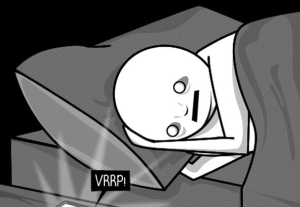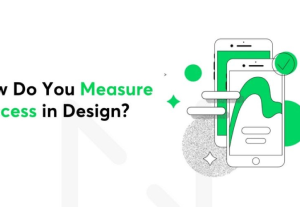- Business UX Leaders, Customer Experience, Design, Design Theory, Usability, UX Education, UX Magazine
The overview of current challenges and opportunities design faces and how BBC team can help designers out to enhance digital experience and understanding of the world.
Article by Dan Ramsden
The Evolution of Experience Design
- Dan Ramadan, Creative Director for UX Architecture & Content Design at BBC, tells about the current challenges and opportunities design faces by describing 3 stages of ‘the web’:
-
- Challenges of the past (document retrieval)
- Challenges of the present (control and contribution)
- Challenges of the future (pervasive and ubiquitous)
- Technology is as capable of solving problems as it is of creating them.
- The team at BBC can explore how digital experience can enhance our understanding of the world, develop empathy for others, instill pride and commitment to the importance of the individual and the inherent value of shared values and cooperative society.
Share:The Evolution of Experience Design
Share this link
- March 30, 2022
5 min read







